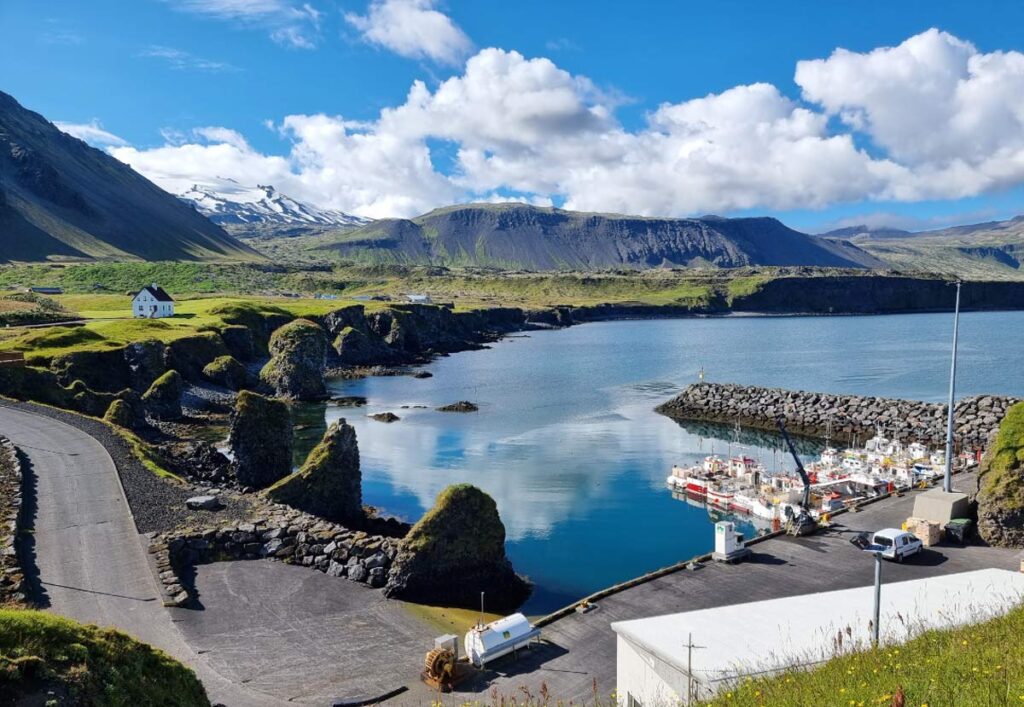Introduction
Iceland, often called the “Land of Fire and Ice,” is a destination unlike any other. Renowned for its dramatic landscapes, geothermal wonders, rich history, and vibrant culture, this Nordic island offers an adventure for every kind of traveler. From the bustling streets of Reykjavik to the untouched wilderness of its highlands, Iceland’s allure lies in its ability to seamlessly blend the modern with the ancient. Whether you’re chasing the magical northern lights, hiking across glaciers, or soaking in natural hot springs, planning your itinerary is essential to make the most of this unique destination. Here, we explore 23 must-do activities spanning every facet of Icelandic life and nature to ensure your trip is unforgettable.
1. Explore Reykjavik
